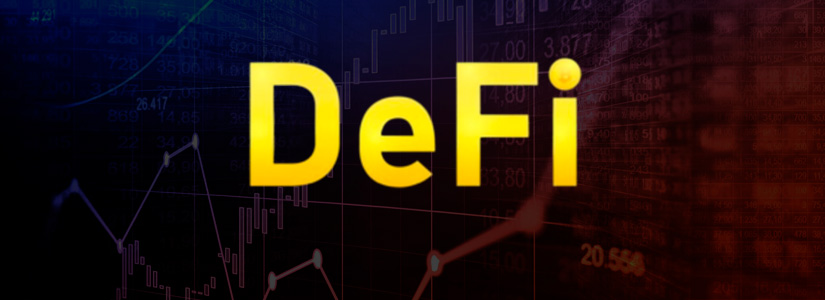DeFi and the Liquidity Problem: How to Ensure a Healthy Ecosystem?
TL;DR
- Liquidity in the DeFi sector remains unstable due to speculative incentives that encourage the rapid exit of capital.
- Strategies such as yield farming and exclusive deals have proven unsustainable, weakening decentralization.
- New models, such as pre-launch vaults and on-chain liquidity markets, aim to offer more efficient and sustainable solutions.
The liquidity crisis in DeFi is not a new problem, yet the industry has yet to find a sustainable solution. For years, the predominant strategy has been to attract capital through speculative incentives, such as yield farming, points programs, and preferential agreements with large liquidity providers. However, these mechanisms have proven ineffective in the long run, generating cycles of value extraction that leave protocols with a fragile and volatile liquidity base.
The current model fosters what is known as “mercenary capital,” where liquidity providers (LPs) seek to maximize short-term returns, withdrawing their funds as soon as incentives disappear. This creates an unsustainable dependence on token emissions and other costly strategies, diluting project value and harming long-term committed users.
Past Mistakes and Their Impact on the Ecosystem
One of the biggest mistakes has been the lack of alignment between LPs’ interests and the sustainable development of protocols. Strategies such as yield farming and reward programs have proven to be temporary solutions that do not guarantee stable liquidity. On the other hand, exclusive agreements with major market players have concentrated liquidity in a few hands, reducing decentralization and increasing systemic risk.
The result is an ecosystem vulnerable to market volatility, where liquidity can quickly evaporate at the slightest reduction in incentives. This not only affects individual protocols but also undermines confidence in DeFi as a whole.

New Models for Sustainable Liquidity
Fortunately, a new generation of incentive structures is emerging to address this issue. Some of the most promising proposals include pre-launch liquidity vaults, which allow LPs to commit assets before a protocol goes live, ensuring a liquidity base from the start and reducing rampant speculation.
There are also on-chain liquidity markets, which enable LPs and protocols to negotiate liquidity provision terms transparently and without intermediaries, improving efficiency and reducing resource waste on unsustainable incentives. Finally, long-term commitment-based incentive structures are being developed. Instead of simply rewarding temporary liquidity provision, these systems could offer additional benefits to LPs who keep their capital in the protocol for extended periods.

The Future of Liquidity in the DeFi Ecosystem
For the DeFi economy to reach its true potential, a paradigm shift in liquidity management is essential. Sustainability must be the priority, leaving behind the mentality of rapid growth driven by speculative incentives. Transparency, efficiency, and alignment of interests between LPs and protocols must be the fundamental pillars of the new model.
If the industry manages to implement more robust and equitable liquidity structures, the DeFi market will be able to consolidate itself as a truly decentralized and resilient financial system. Otherwise, it will remain trapped in cycles of growth and crisis, losing credibility and failing to realize its transformative potential